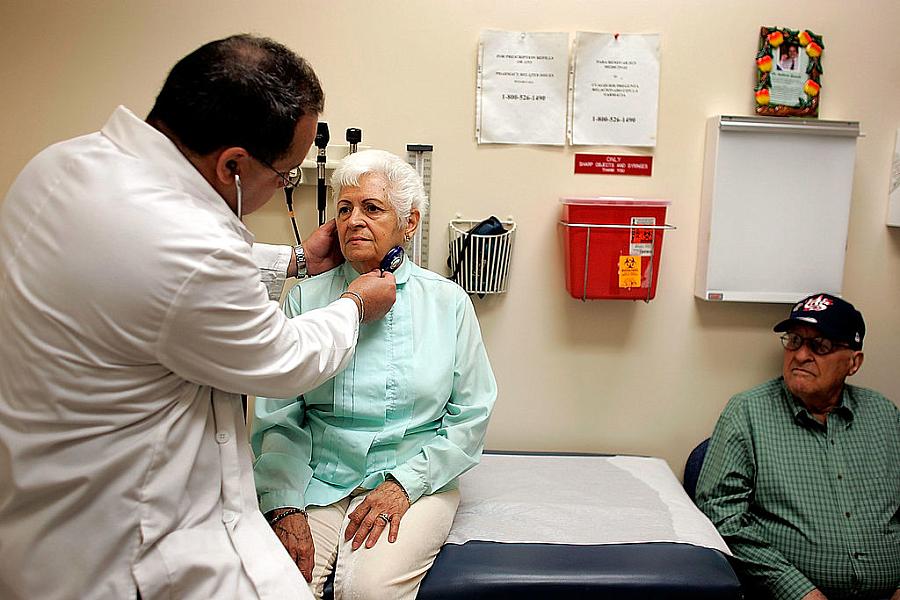If we measure inadequate care, why don’t we also track wasteful care?

Photo: Joe Raedle/Getty
As physicians, we struggle with the direction of the movement to measure health care quality. Many of the processes — such as cancer screening rates and glucose monitoring for patients with diabetes — that are tracked by standard quality monitoring programs are not evidence based, and, more importantly, the data are often used in inappropriate ways, such as narrowly tailored incentive programs that offer doctors and hospitals bonuses for hitting dubious targets.
However, a recent JAMA article proposing new antibiotic stewardship quality measures resonated with us, particularly in light of the disturbing emergence of colistin-resistant E. coli in the U.S. (see the excellent coverage of this topic by Consumer Reports).
The new JAMA article argues that, in order to curb inappropriate antibiotic use, we need “increased accountability and transparency at the societal level.” The authors note that analogous efforts substantially reduced rates of hospital-acquired infections nationwide, and similar efforts could curb the emergence of antimicrobial resistance.
We agree about the need for more accountability with respect to antibiotic prescribing. In fact, the article got us thinking more generally about promoting accountability for all forms of wasteful care. Indeed, previous research has suggested that current quality improvement efforts disproportionately address the underuse of services rather than the overuse or misuse of inappropriate services.
How might we build accountability for misuse and overuse of health care services into the existing quality assessment framework? Perhaps measures of misuse and overuse should accompany all quality measures. For example, along with quality metrics assessing how well emergency departments (EDs) administer early antibiotics for pneumonia, one might envision counterbalancing measures that assess unnecessary antibiotic use in the ED (e.g. rates of use of broad-spectrum antibiotics). And along with quality measures tracking rates of colon cancer screening for patients ages 50 to 75, there might be another measure tracking the proportion of unnecessary follow-up colonoscopies. The Choosing Wisely campaign has provided a head start in defining what some measures of overuse and inappropriate care might be.
Of course, in making this shift in focus we would need to avoid repeating the mistakes of the past. No matter how hard we try, tracking quality based on “process” measures — even meaningful ones like overall use of broad-spectrum antibiotics by a hospital — will never be sufficient (particularly since many factors, including use of antibiotics in animal feed, influence antimicrobial resistance rates). That is why, as we have argued in the past, it will be critical to directly measure outcomes that have innate value, such as patients' experience of care or emergency room and hospital utilization rates. Moreover, quality tracking and improvement efforts must consider the broader goals of improving health for patients and engaging clinicians and health system leaders. Those are no easy feats.
We remain concerned that the current quality improvement movement too often leads us astray by incentivizing narrow quality improvement efforts of uncertain value at the expense of what actually improves care for our individual patients. Nonetheless, we do believe there is a role for promoting transparency in health care, and nowhere is this need greater than with respect to reducing inappropriate care.



